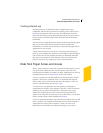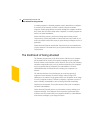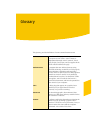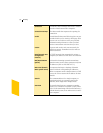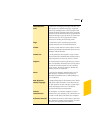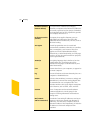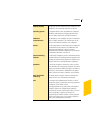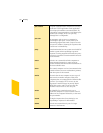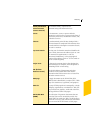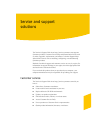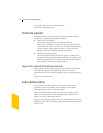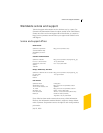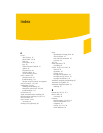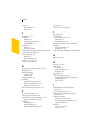
Glossary 139
TCP/IP (Transmission
Control Protocol/
Internet Protocol)
The standard family of protocols for
communicating with Internet devices.
threat
A circumstance, event, or person with the
potential to cause harm to a system in the form of
destruction, disclosure, modification of data, and/
or denial of service.
timeout
A predetermined period of time during which a
given task must be completed. If the timeout value
is reached before or during the execution of a task,
the task is canceled.
top-level domain
The last part of a domain name that identifies the
type of entity that owns the address (such as .com
for commercial organizations or .edu for
educational institutions), or the geographical
location of the address (such as .ca for Canada or
.uk for United Kingdom).
Trojan horse
A destructive program that is often designed to
cause damage to a computer, while disguised as
something useful or interesting.
URL (Uniform
Resource Locator)
The global address of documents and other
resources on the World Wide Web and the
convention that Web browsers use to locate files
and other remote services.
Web page
A single document on the World Wide Web
(WWW) that is identified by a unique URL. A Web
page can contain text, hyperlinks, and graphics.
Web site
A group of Web pages that is managed by a single
company, organization, or individual. A Web site
may include text, graphics, audio and video files,
and hyperlinks to other Web pages.
World Wide Web
(WWW)
The collection of hypertext documents that are
stored on Web servers around the world. Also
called WWW or simply the Web. The Web allows
universal access to a vast collection of documents
that are stored in HTML format as Web pages.



